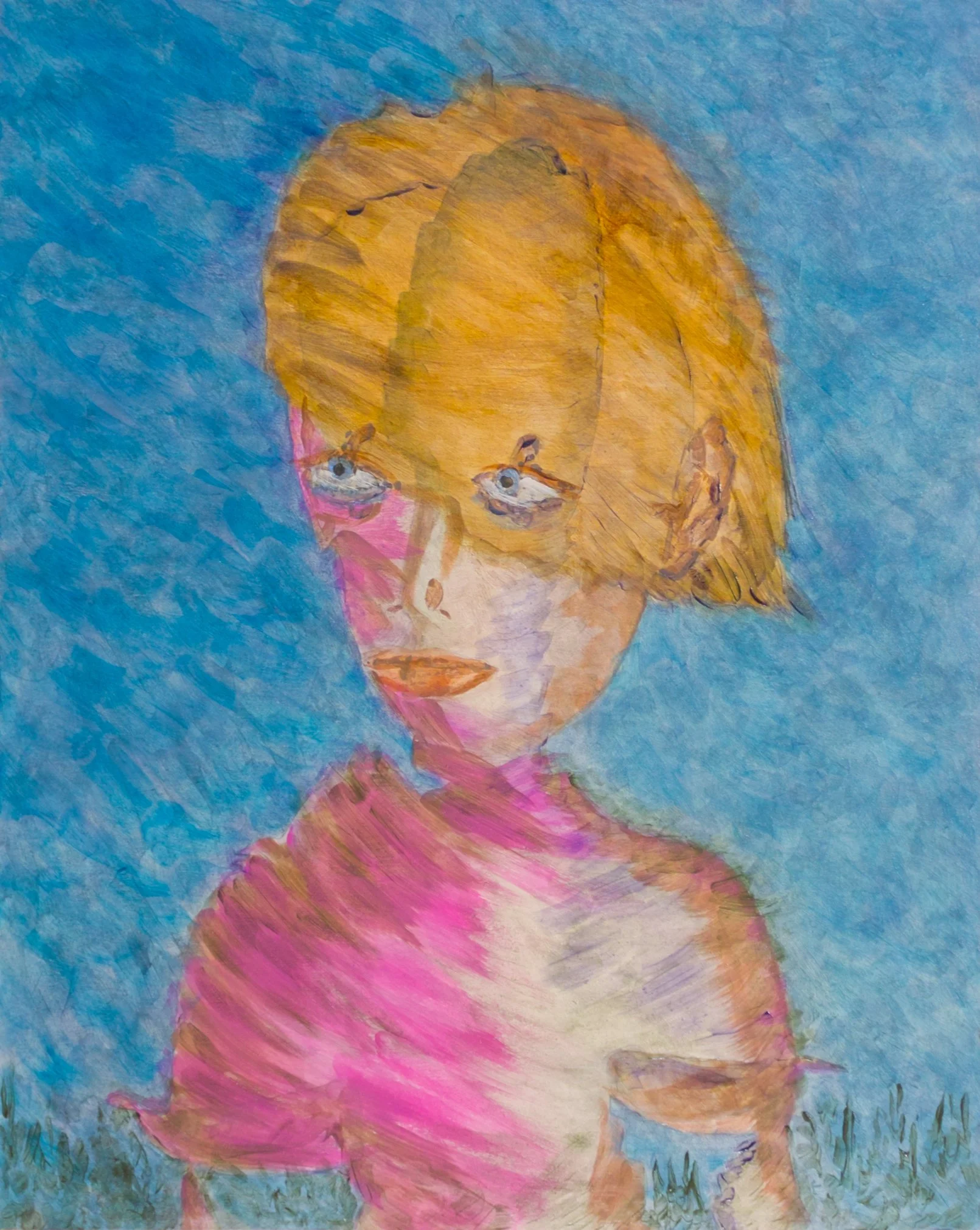Artist | Mark G. Taber
Force of Nature {016 Female Portrait} d. 2022
Unique drawing, graphite on paper. Unframed dimensions: 14” high x 11” wide.
Q&A
A2: When working with technology, how do you allow it to inform your creative philosophy/theory?
MGT: The etymology of the word technology is from the Greek word τέχνη (technē), which is a skill or set of skills. New technology can be confusing without the necessary skill to control it, and without a vision of what it is for and what could be done with it. Nowadays we have complex and powerful computer tools at our disposal that present themselves with apparently obvious functions. Moreover, it is very common for these tools to have built-in advisory functions that tell the user how to use the tool, for example so-called ‘tool tips’ or ‘popup tips.’ These will typically try to persuade the user to interact with the feature but never to explain the deeper purposes and meaning of the feature and the possible consequences both positive and negative, the user may suffer from use of the feature. This is intended to make it easy to approach these tools with a taken-for-granted mindset that hands over to the machine and its makers a greater degree of control than it and they deserve. With this as a background concern, I have tried to look at advanced technology as a tool that can generate results more complex and precise than what I may otherwise do manually, and certainly in less time. The key point is that this way of working requires critical thinking about the way the tool works, what it can do well and what its limitations are, and how it can serve the purpose of advancing new work. For me, an important τέχνη is that I think up experiments and then test them with the tool. For example, what would 50 triangles randomly scattered in a polar coordinate system look like? In my book “The Physible Universe” I lay out how such an artistic practice proceeds at a higher theoretical level.
A2: You have emphasized the importance of creating your own tools with technology when applying it to your work. What resources would you suggest to artists who are just starting to investigate algorithmic creation and procedural scripts?
MGT: I had a good experience learning to use Processing which is free software designed for artists and beginners in general to use code for image generation. I struggled to understand the ‘for loop’ while reading sources aimed at computer science majors. Processing taught me how it worked and that was a major breakthrough for me. That has convinced me that this is a good program for artists to start with.
A2: Who is your favorite creative, and if you could ask them one question, what would it be and why?
MGT: I am inspired by many different artists and so to pick a number one would unfairly cast shade on the rest, but for the purposes of this conversation I’ll pick Paul Klee. The collection of notes and diagrams in The Thinking Eye Volume 1 contain some work that retrospectively could be called algorithmic. I have replicated one of the sketches in that book using code as proof of concept and from what I learned I will assert that he was a fan of the log function. If I could ask him anything it would be about if his early musical training influenced how he thought about how he created his work.
Force of Nature {Athlete with Laurel Crown} d. 2016
Unique drawing, pen and ink on paper. Unframed dimensions: 14” high x 11” wide.
Untitled Heroes {Heroes Series v6} d. 2024
Unique painting. Acrylic on board. Unframed dimensions: 20” high x 16” wide.
Untitled Heroes {Heroes Series v6} d. 2023
Unique painting. Acrylic on paper. Unframed dimensions: 14” high x 11” wide.
Visit https://www.marktaber.net/ for more information on Mark G. Taber.



